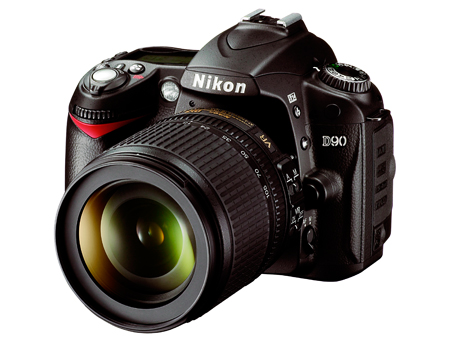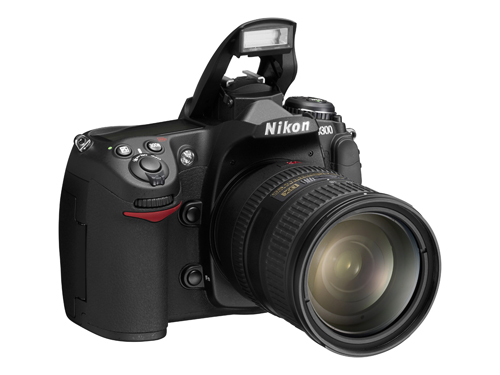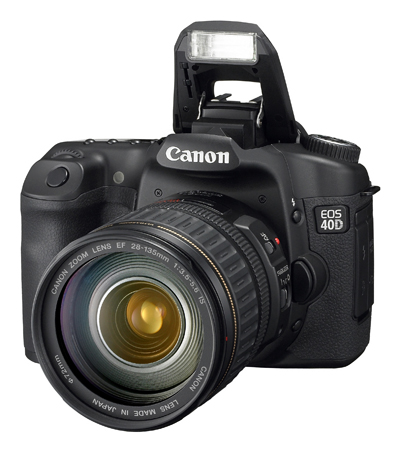A few simple tricks for taking better pictures…
Today I want to talk about some basics of good photography. I mean basic. We’re going to talk about composition because most people would be amazed at how much their photographs would improve if they just paid a little more attention to composition. It doesn’t matter if you are using an expensive DSLR, a moderate Point-and-Shoot or a camera phone…. composition has nothing to do with technology. If you want to take better pictures, start with a few simple techniques… (more…)


